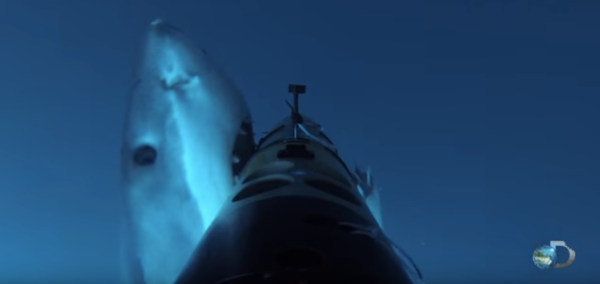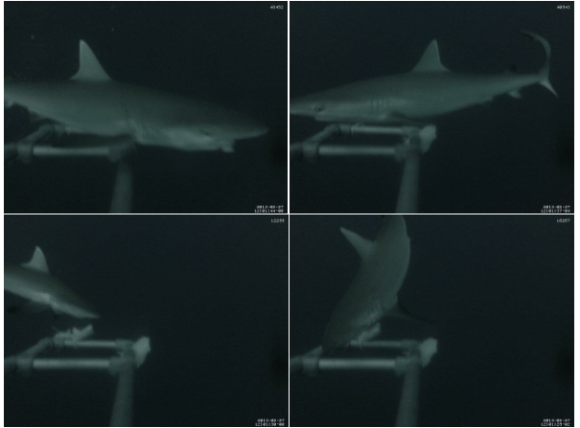Drones are adding functionality to our everyday lives, and automation is here to help humanity whether we’re ready for it or not. In a clever combination of the two, [Richard Hardiman] of RanMarine has developed small drone-boats that scoop up garbage from the ocean — he calls them ‘Waste Sharks.’
The two models — slim and fatboy — aim to collect up to 1,100 pounds of garbage apiece in the ‘mouths’ just below the water’s surface. The Waste Sharks are still restricted to remote control and are only autonomous when traveling between waypoints, but one can see how this technology could evolve into the “Wall-E of water.”
Continue reading “Waste Shark Aims To Clean Our Harbours And Oceans”















